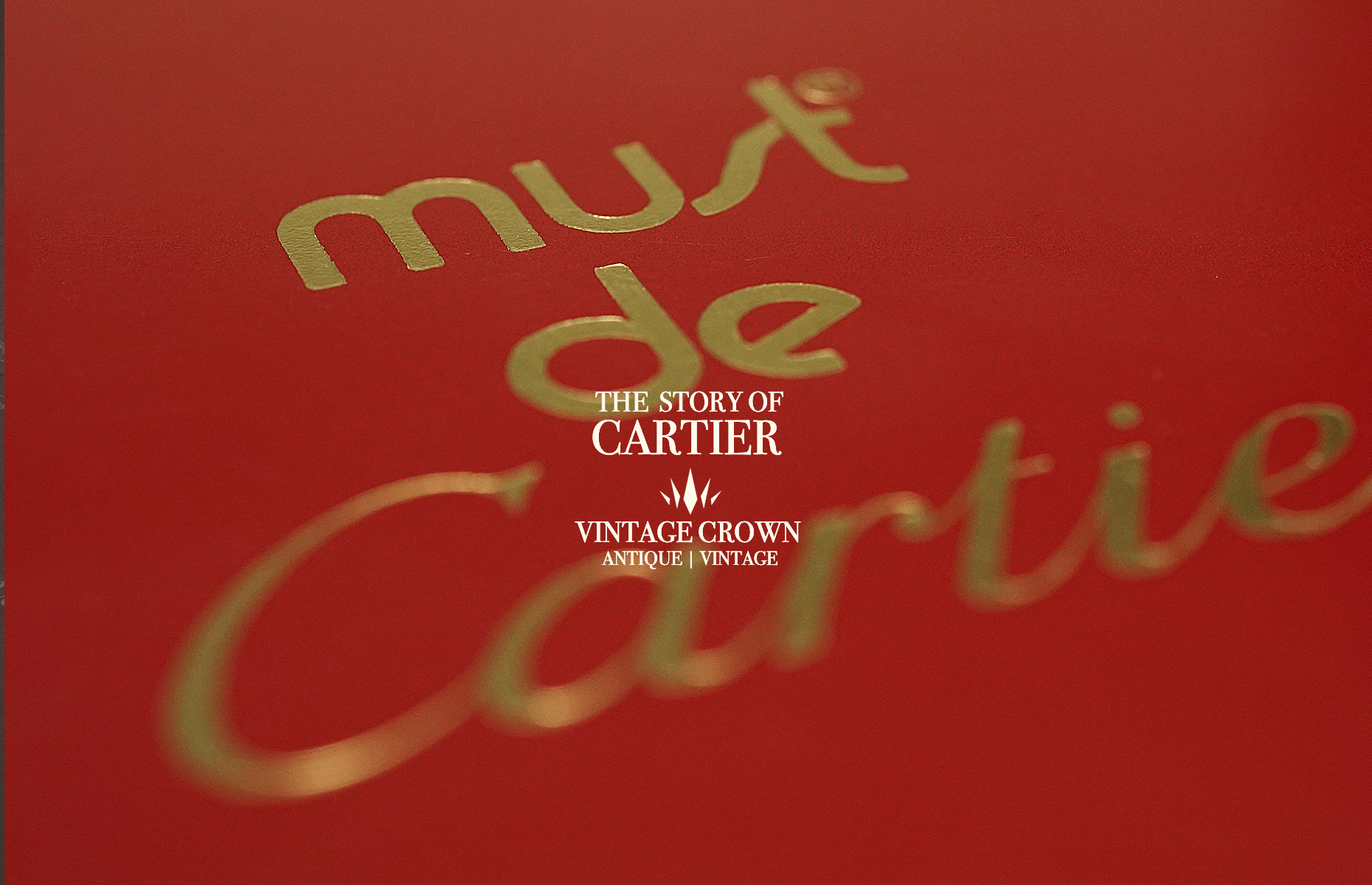
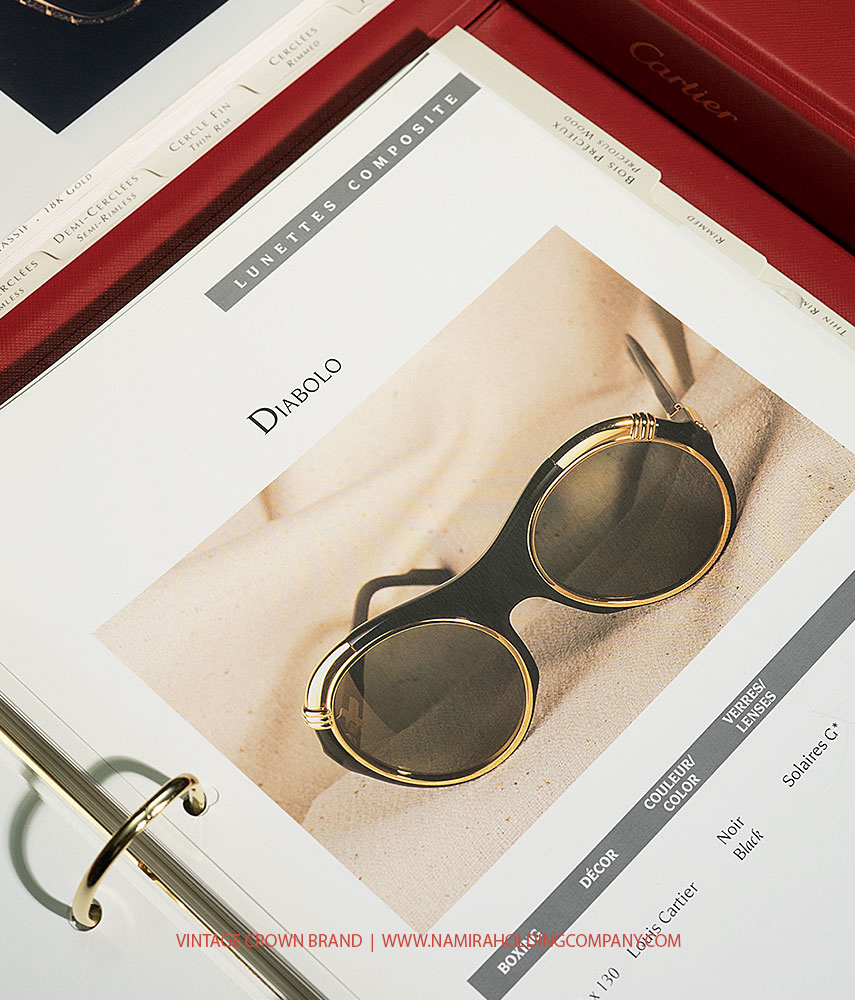
Vintage Crown
In 1906, CARTIER introduced the first crown wound wristwatch, a feature still found on CARTIER watches even today
1909 saw CARTIER patenting a folding buckle (boucle déployante) for wristwatches; the same year the ‘double C’ signature, the new CARTIER logo, was launched
In 1911, Louis Cartier asked his friend Santos-Dumont to allow him to copy his wristwatch for other creations. One year later, CARTIER launched the Baignoire design, and the following year the Tortue
In 1913, CARTIER produced the first Pendule Mystérieuse (‘Mystery Clock’), with the hands of the clock apparently floating in thin air
In 1917, in the middle of the First World War, CARTIER designed its Tank wristwatch, though this was only unveiled for the public in 1919.In 1898, Alfred’s oldest son Louis joined the family business, now known as ‘Alfred Cartier et
Fils’. This was the Belle Époque era, a time when Paris was renowned as Europe’s capital of fashion and culture
In 1899, Louis Cartier moved the main branch to Rue de la Paix 13, still home to Maison CARTIER today. From 1898 – 1914, Louis Cartier regularly visited St. Petersburg, the capital of Russia, where he quickly gained a reputation as the very best jeweller. He even become more renowned than Carl Peter Fabergé, whom he much admired. Louis Cartier’s customers included many members of the imperial House of Romanov, the family of the Tsar, and especially Grand Duchess Maria Pavlovna, who commissioned many diadems
In 1902, Cartier founded the London branch in New Burlington Street
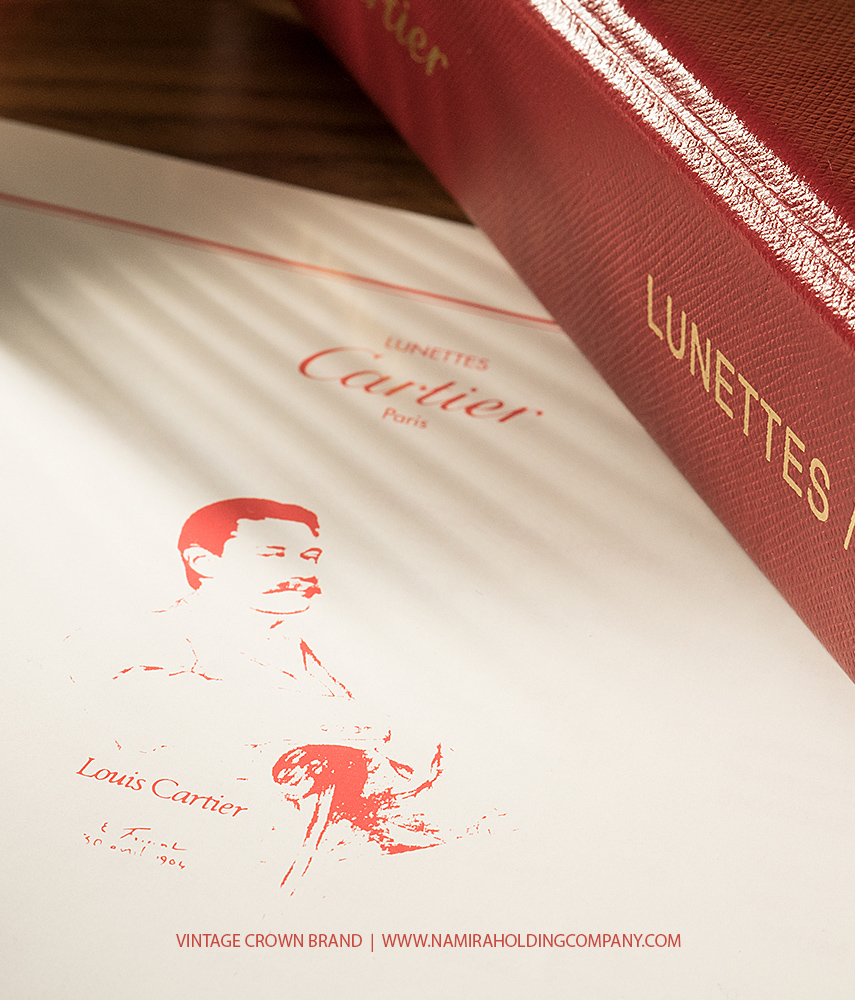
Vintage Crown
THE CARTIER FAMILY
In 1847, goldsmith Louis-Francois Cartier founded Maison CARTIER in the heart of Paris, just a few steps from the fashionable Palais-Royal neighbourhood. Thanks to his exceptionally elaborate gem-set jewels, he quickly gained a reputation for his fine and delicate craft skills. His circle of clients soon included many renowned figures, and by 1853 he was named as a supplier to the imperial French court
Empress Eugénie, wife of Emperor Napoleon III, was one of Cartier’s leading patrons, but he also received many commissions from Princess Mathilde, the Emperor’s cousin, as well as the couturier Charles Frederick Worth, regarded as the founder of haute couture
In 1874, Alfred Cartier, Louis-Francois’s only son, took over his father’s business, now located on the Boulevard des Italiens, the ‘Oxford Street’ of its day. Over the next years, Alfred’s wife gave birth to their daughter Suzanne and their three sons Louis, Pierre and Jacques. The names of their three sons later came to stand for the three great CARTIER houses
Louis for the original Maison CARTIER in Paris
Pierre for CARTIER New York on 5th Avenue
Jacques for CARTIER in London
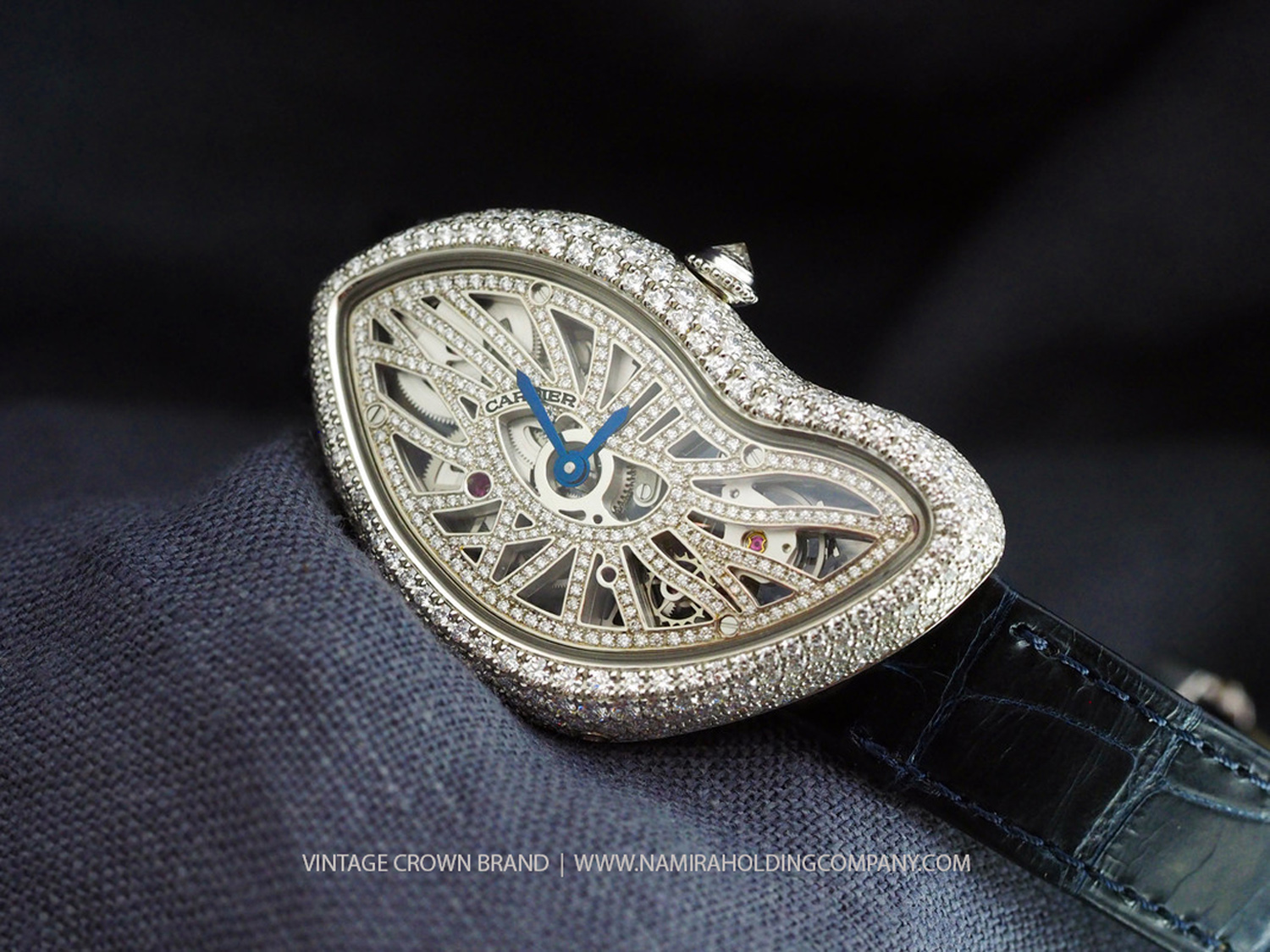
Vintage Crown
In 1906, CARTIER introduced the first crown wound wristwatch, a feature still found on CARTIER watches even today
1909 saw CARTIER patenting a folding buckle (boucle déployante) for wristwatches; the same year the ‘double C’ signature, the new CARTIER logo, was launched
In 1911, Louis Cartier asked his friend Santos-Dumont to allow him to copy his wristwatch for other creations. One year later, CARTIER launched the Baignoire design, and the following year the Tortue
In 1913, CARTIER produced the first Pendule Mystérieuse (‘Mystery Clock’), with the hands of the clock apparently floating in thin air
In 1917, in the middle of the First World War, CARTIER designed its Tank wristwatch, though this was only unveiled for the public in 1919
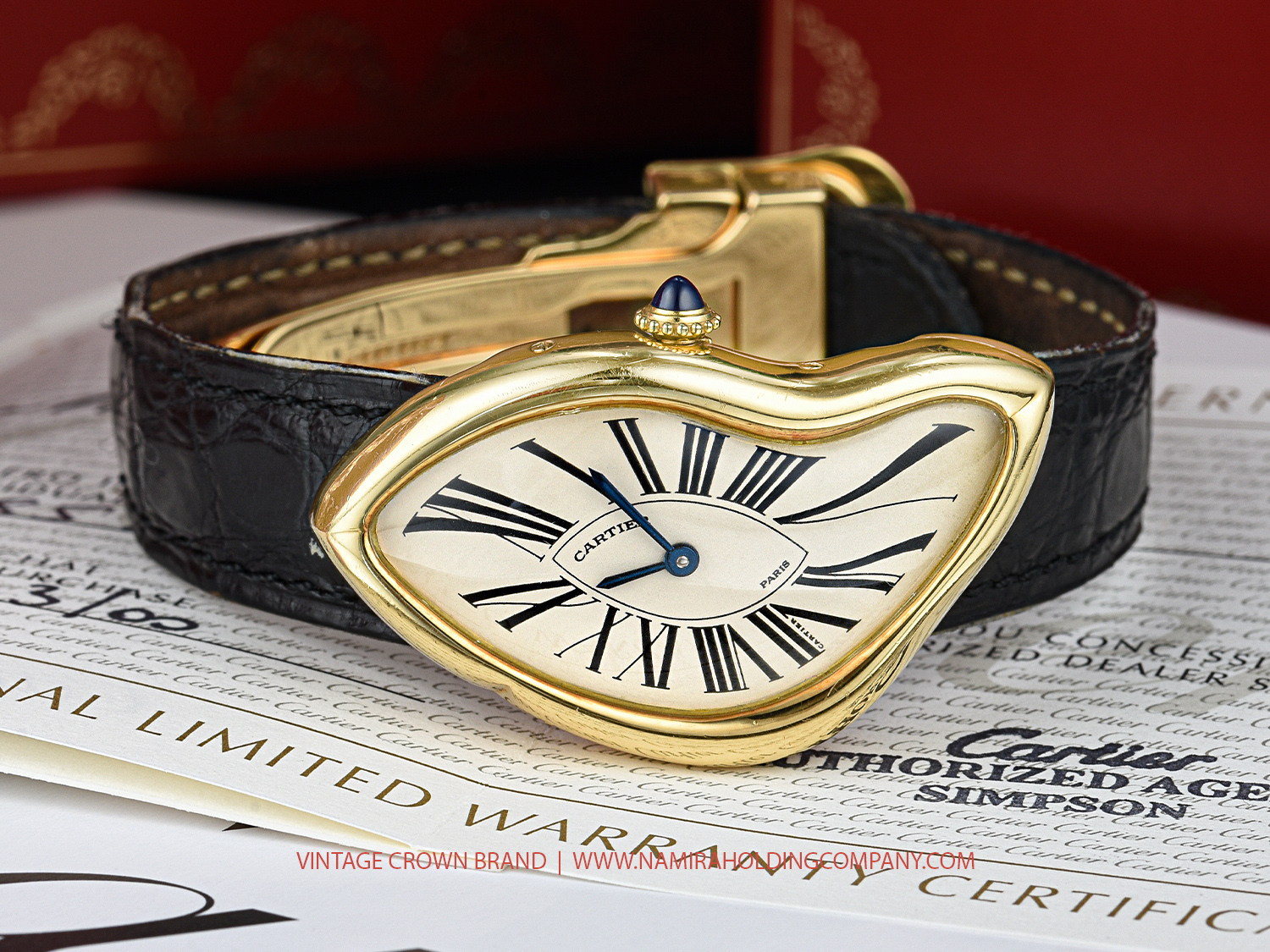
Vintage Crown
Establishing a watch division
The first watches from the House of CARTIER were pocket-watches that CARTIER either bought on the antiques market or ordered from the best watchmakers of those days. CARTIER then decorated the watches with gold, diamonds or other gems
Around 1880, CARTIER began to consider the possibilities of wristwatches. This ‘new watch’ only gained acceptance very slowly, but CARTIER, just like watchmakers Patek Philippe and Girard-Perreguax, the inventors of the wristwatch, firmly believed in its future
A short chronology of CARTIER watches:
In 1904, Louis Cartier created the first wristwatch for his famous friend Alberto Santos-Dumont, a Brazilian aviator widely acknowledged as a one of the pioneers of aviation. Cartier developed the wristwatch in response to Santos-Dumont’s comments on the difficulty of checking a pocket-watch while piloting a plane
In 1906, CARTIER introduced the first crown wound wristwatch, a feature still found on CARTIER watches even today
1909 saw CARTIER patenting a folding buckle (boucle déployante) for wristwatches; the same year the ‘double C’ signature, the new CARTIER logo, was launched
In 1911, Louis Cartier asked his friend Santos-Dumont to allow him to copy his wristwatch for other creations. One year later, CARTIER launched the Baignoire design, and the following year the Tortue
In 1913, CARTIER produced the first Pendule Mystérieuse (‘Mystery Clock’), with the hands of the clock apparently floating in thin air.
In 1917, in the middle of the First World War, CARTIER designed its Tank wristwatch, though this was only unveiled for the public in 1919
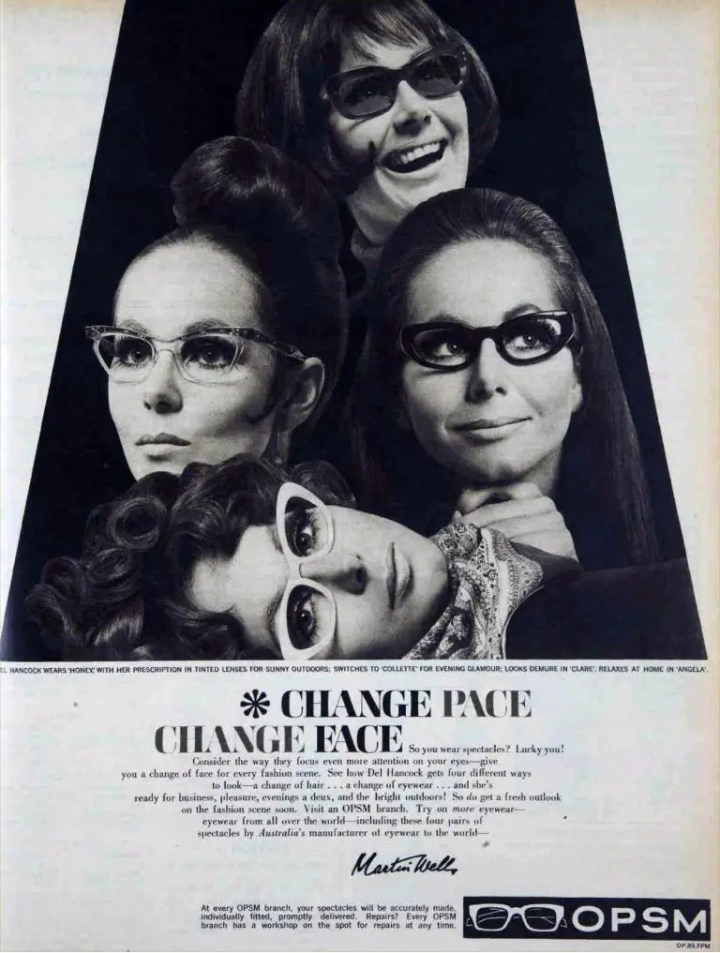
Vintage Crown
CAT EYE FRAME
The ``Harlequin`` Frame
Altina Schinasi was born in the Manhattan's Upper Westside in 1907, after receiving schooling in the US she made a trip to Paris in her late teens to study art. It was here that she developed a deep passion for the subject, so she changed her choice of college to art school in New York.
Altina graduated and took up work as a window dresser on Fifth Avenue for Peter Copeland, where she would collaborate with the visionary artist Salvidor Dali. It is during this period in her late 20's that she registered her patent on the Harlequin frame. Inspired by the lack of interesting frames for women available in opticians in New York, Altina designed the first prototypes of a more glamorous silhouette. Her original shape designs were cut away from the romantic and whimsical harlequin masks worn at ballroom dances at the time and it is from this mask that the cat eye shape got its first name | Harlequin
After initial scepticism from stores, Altina grew her business substantially over the 1930s as women across America voted with their wallets and purchased these fun, playfully shaped feminine frames. In 1939 Altina was awarded the Lord & Taylor Annual American Design Award for her avant-garde transformation of the eyeglass frame into a proper fashion accessory. Vogue and Life magazines credited Schinasi with revolutionizing the eyewear industry and aesthetic
Throughout the post-war years, the popularity of the cat eye frame for prescription lenses soared. Eyewear companies started to truly cater to the market for feminine frames adding stylistic touches such as diamante, gold stars and elaborate flairs to the tips of the frames
Everyone from movie stars like Marilyn Monroe and Audrey Hepburn, politicians like Shirley Chisholm, professional women and stay-at-home mothers favoured the cat eye silhouette
When Audrey Hepburn's character Holly Golightly wore the large tortoiseshell oversized cat eye ``Manhattan`` sunglasses by Oliver Goldsmith in the movie ``Breakfast At Tiffany's`` that was it. The cat eye sunglasses frame was now number one

Personal Collection | Owner Haleh Ghoorchian
Vintage | Retro Eyewear Collection
Personal Collection
Owner| Haleh Ghoorchian
27Glasses
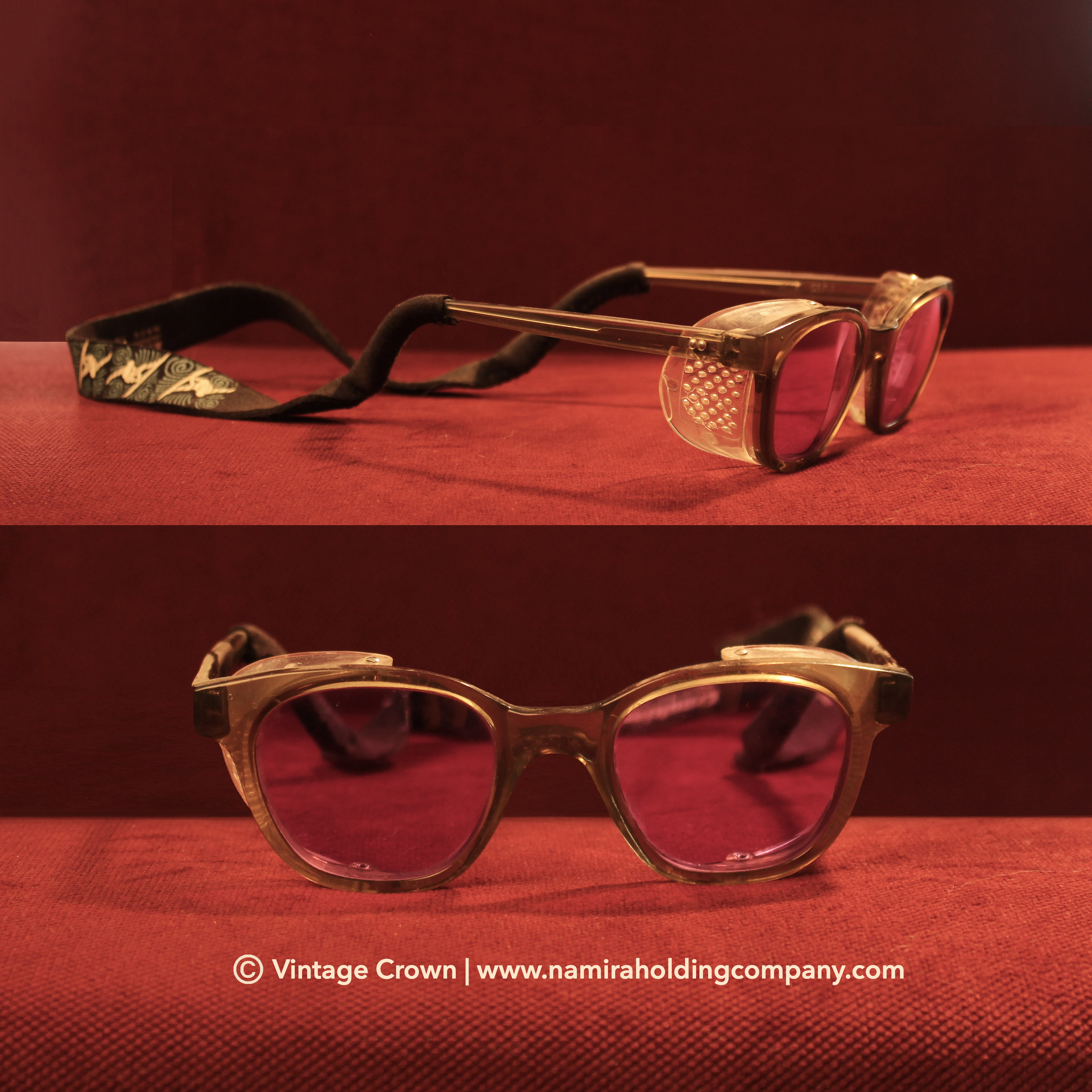
Personal Collection | Owner Haleh Ghoorchian
Vintage | Retro Eyewear Collection
Personal Collection
Owner| Haleh Ghoorchian
27Glasses

Vintage Crown
EUROPEAN EYEWEAR DESIGN WITH A COMPLETELY NEW MATERIAL: OPTYL
There were European eyewear manufacturers, who were even more affected by the social changes of the 1960s, which in turn gave rise to a veritable eyewear industry.In addition to eyewear producers, who mainly concentrated on eyeglasses and sunglasses for the optician industry and its needs, there were also eyewear designers in the 1960s who were successful with their creations and were completely independent of the mainstream. These include, for example, the old designer sunglasses by Oliver Goldsmith or Pierre Cardin, which were explicitly made only for “high society” and are now coveted collector’s glasses
German eyewear companies such as Metzler, Menrad, Rodenstock and Neostyle produced glasses and sunglasses that lasted. These were made for the people and supported by the German health insurance companies; they were nicknamed |NHS glasses
At that time, Wilhelm Anger and his company Optyl were already ahead of their time, researching a frame material that would allow considerably more creative freedom in spectacle design in order to be able to combine functionality with fashionable aspects in a variety of ways. In addition, they wanted eyewear production to be made much more efficient so that fashion eyewear could be mass-producedWilhelm Anger advanced to become a major industrialist and bought numerous designer licenses in the following years to enable the average consumer to be able to buy brand sunglasses as well
In 1968, Optyl acquired the Christian Dior eyewear license from the American eyewear manufacturer Tura and, using the new possibilities offered by the Optyl material, made Dior eyewear the market leader in optics
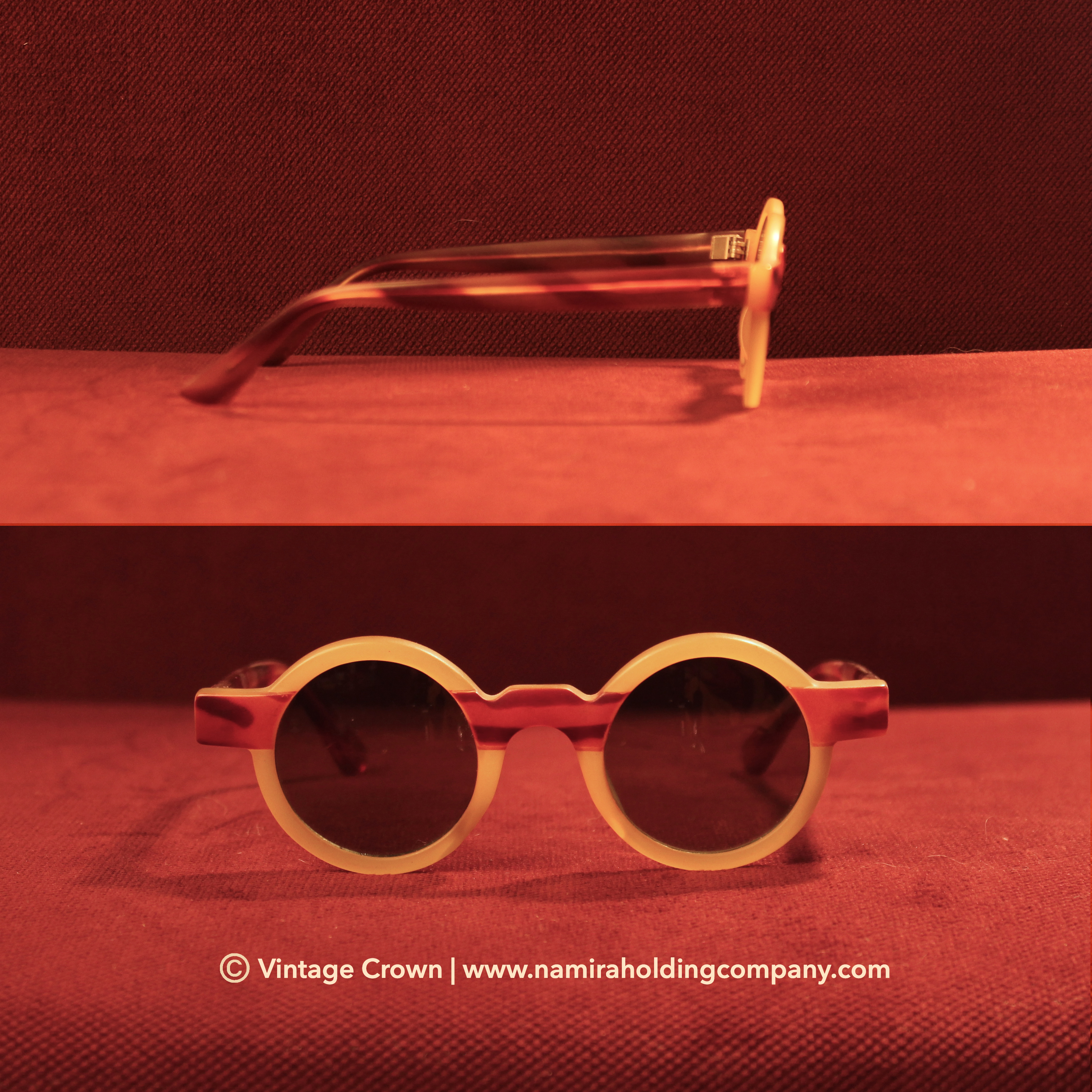
Personal Collection | Owner Haleh Ghoorchian
Vintage | Retro Eyewear Collection
Personal Collection
Owner| Haleh Ghoorchian
27Glasses
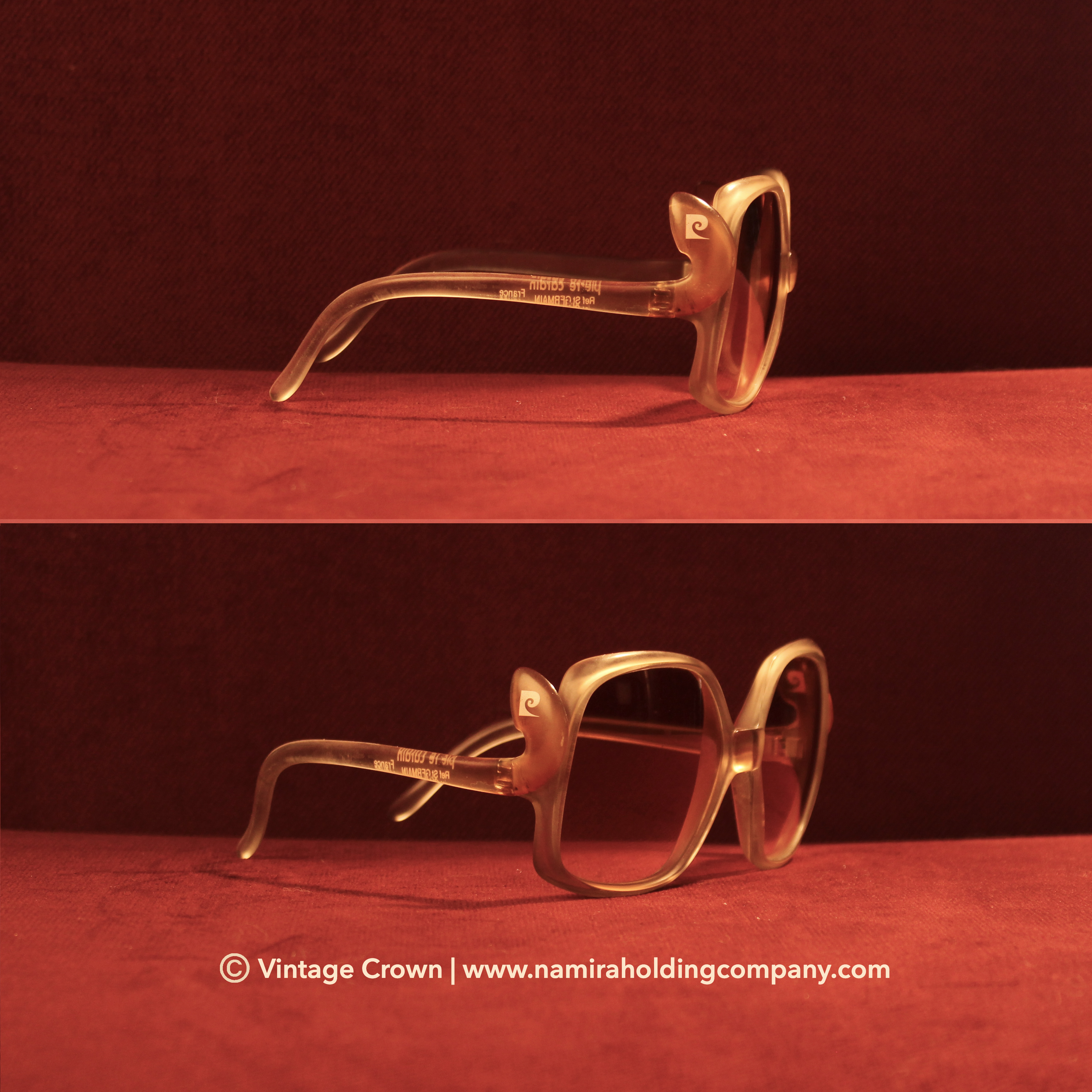
Personal Collection | Owner Haleh Ghoorchian
Vintage | Retro Eyewear Collection
Personal Collection
Owner| Haleh Ghoorchian
27Glasses
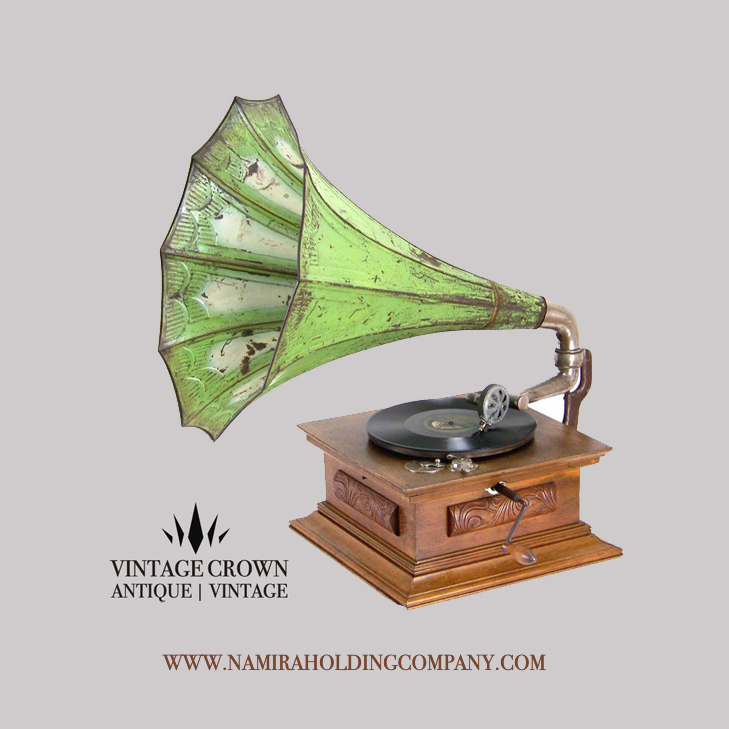
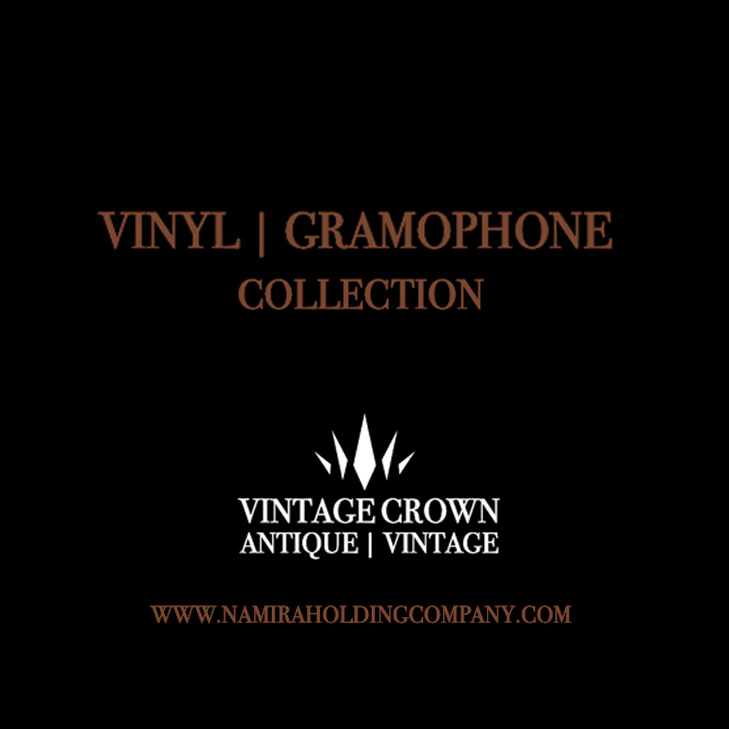
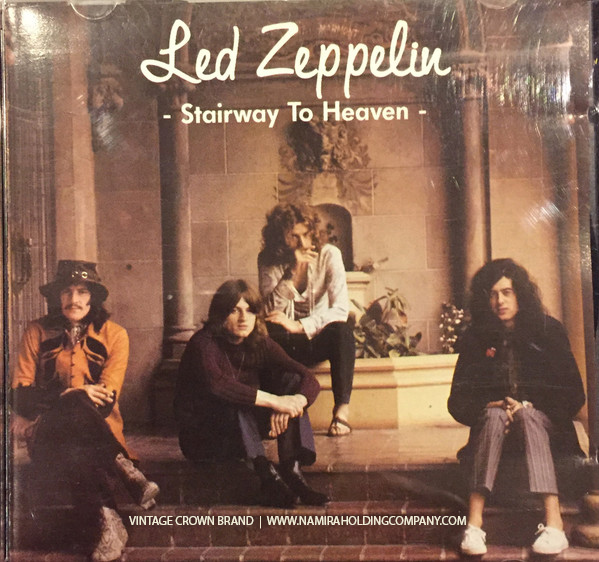
Vintage Crown
Led Zeppelin were an English rock band formed in London in 1968. The group comprised vocalist Robert Plant, guitarist Jimmy Page, bassist and keyboardist John Paul Jones, and drummer John Bonham. With a heavy, guitar-driven sound, they are cited as one of the progenitors of hard rock and heavy metal, although their style drew from a variety of influences, including blues and folk music. Led Zeppelin have been credited as significantly impacting the nature of the music industry, particularly in the development of album-oriented rock (AOR) and stadium rock
Originally named the New Yardbirds, Led Zeppelin signed a deal with Atlantic Records that gave them considerable artistic freedom. Initially unpopular with critics, they achieved significant commercial success with eight studio albums over ten years. Their 1969 debut, Led Zeppelin, was a top-ten album in several countries and featured such tracks as ``Good Times Bad Times``, ``Dazed and Confused`` and ``Communication Breakdown``. Led Zeppelin II (1969) was their first number-one album, and yielded ``Ramble On`` and Whole Lotta LoveIn 1970, they released Led Zeppelin III which featured ``Immigrant Song``. Their untitled fourth album, commonly known as Led Zeppelin IV (1971), is one of the best-selling albums in history with 37 million copies sold. The album includes ``Black Dog``, ``Rock and Roll`` and ``Stairway to Heaven``, with the latter being among the most popular and influential works in rock history. Houses of the Holy (1973) yielded ``The Ocean``, ``Over the Hills and Far Away`` and ``The Rain Song``. Physical Graffiti (1975), a double album, featured ``Trampled Under Foot`` and Kashmir
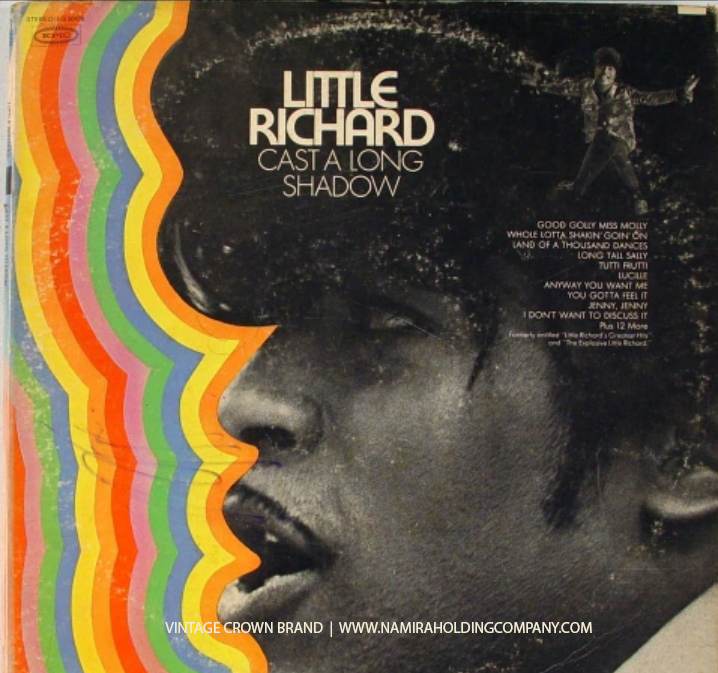
Vintage Crown
Richard Wayne Penniman (December 5, 1932 – May 9, 2020), known professionally as Little Richard, was an American singer, musician, and songwriter. He was an influential figure in popular music and culture for seven decades. Described as the ``Architect of Rock and Roll``, Richard's most celebrated work dates from the mid-1950s, when his charismatic showmanship and dynamic music, characterized by frenetic piano playing, pounding back beat and raspy shouted vocals, laid the foundation for rock and roll. Richard's innovative emotive vocalizations and uptempo rhythmic music also played a key role in the formation of other popular music genres, including soul and funk. He influenced numerous singers and musicians across musical genres from rock to hip hop; his music helped shape rhythm and blues for generations
``Tutti Frutti`` (1955), one of Richard's signature songs, became an instant hit, crossing over to the pop charts in the United States and the United Kingdom. His next hit single, ``Long Tall Sally`` (1956), hit No. 1 on the Billboard Rhythm and Blues Best-Sellers chart, followed by a rapid succession of fifteen more in less than three yearsRichard is cited as one of the first crossover black artists, reaching audiences of all races. His music and concerts broke the color lineRichard was honored by many institutions. He was inducted into the Rock and Roll Hall of Fame as part of its first group of inductees in 1986. He was also inducted into the Songwriters Hall of Fame. He was the recipient of Lifetime Achievement Awards from The Recording Academy and the Rhythm and Blues Foundation
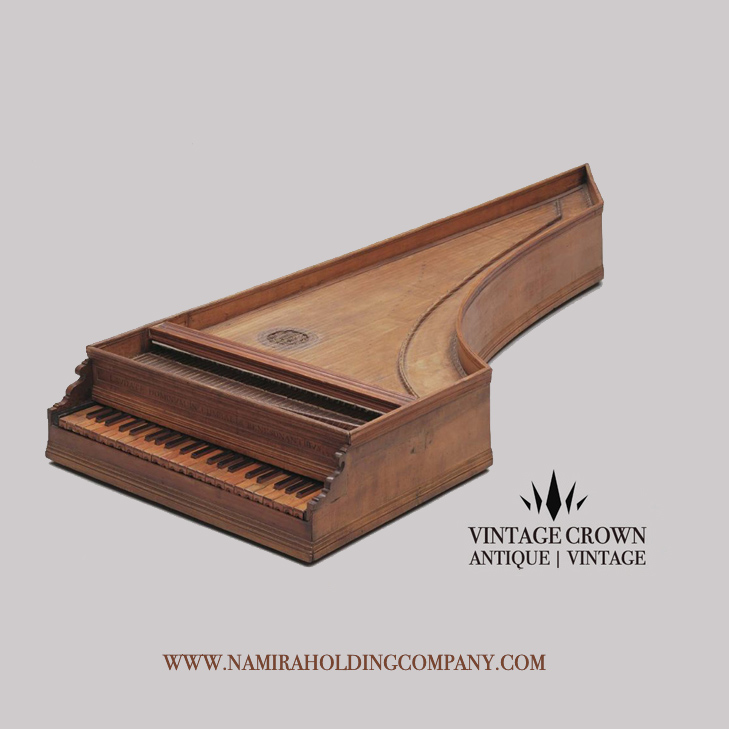

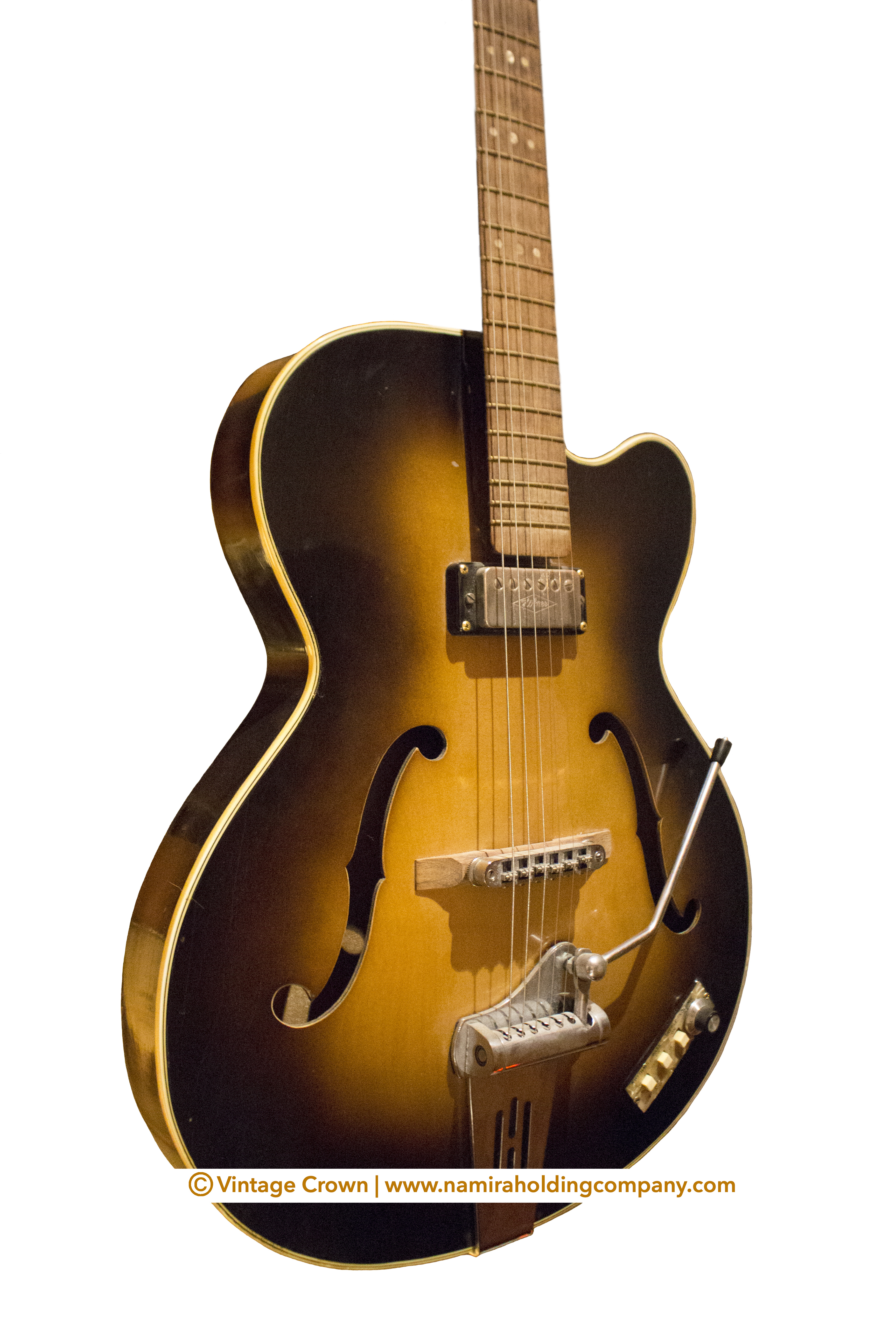
Personal Collection | owner :Alireza Jamei
Hofner 60's vintage hollow body arc top electric guitar
---------------------------------------------------------------------------------------
Antique | Vintage Instrument Collection
Owner :Alireza Jamei
Personal Collection

Personal Collection | owner :Alireza Jamei
Yamaha 60's combo organ YC10 series
---------------------------------------------------------------
Antique | Vintage Instrument Collection
Owner :Alireza Jamei
Personal Collection
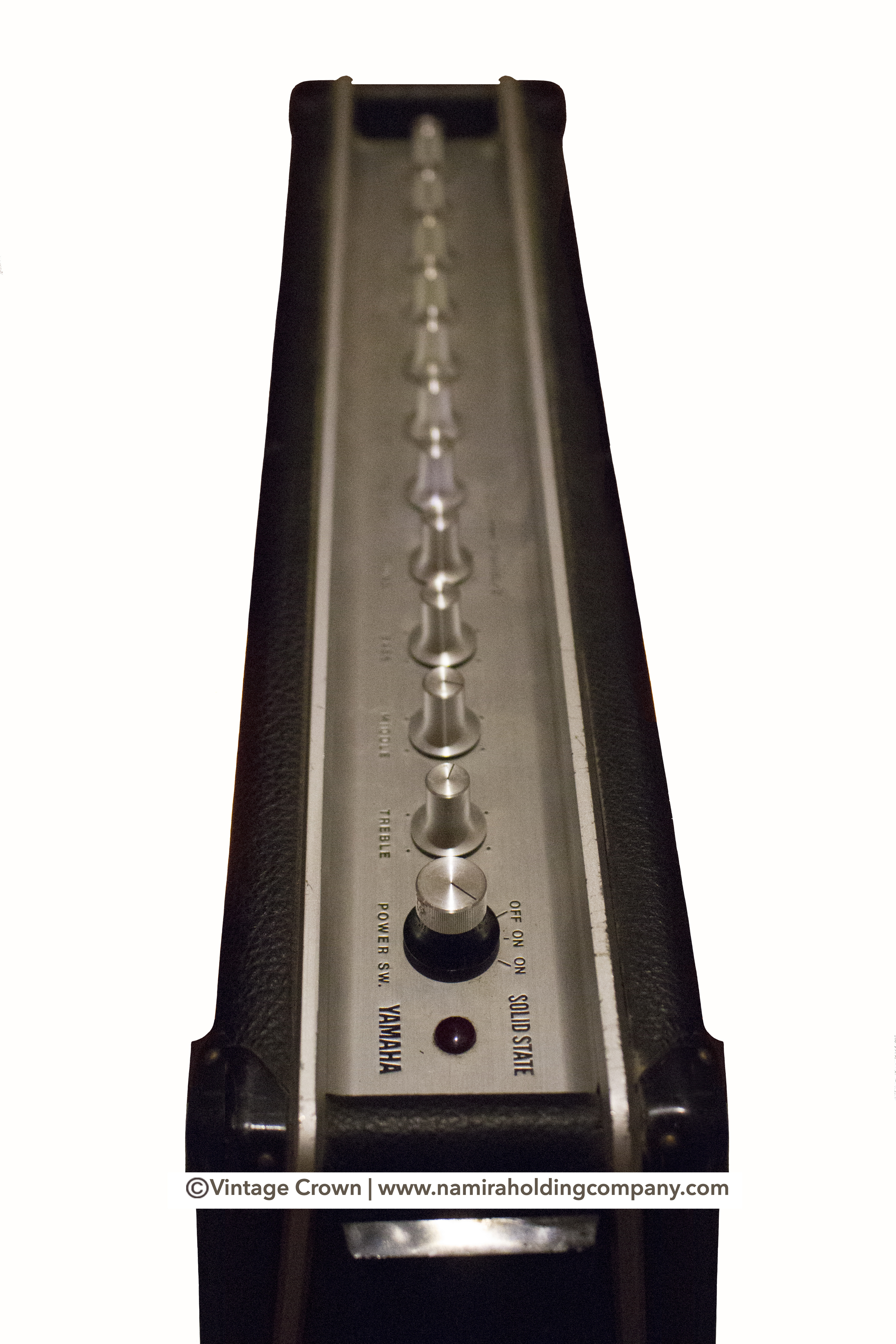
Personal Collection | owner :Alireza Jamei
Yamaha AMP TA-30 | 1968 - 1972
------------------------------------------------------
Antique | Vintage Instrument Collection
Owner :Alireza Jamei
Personal Collection
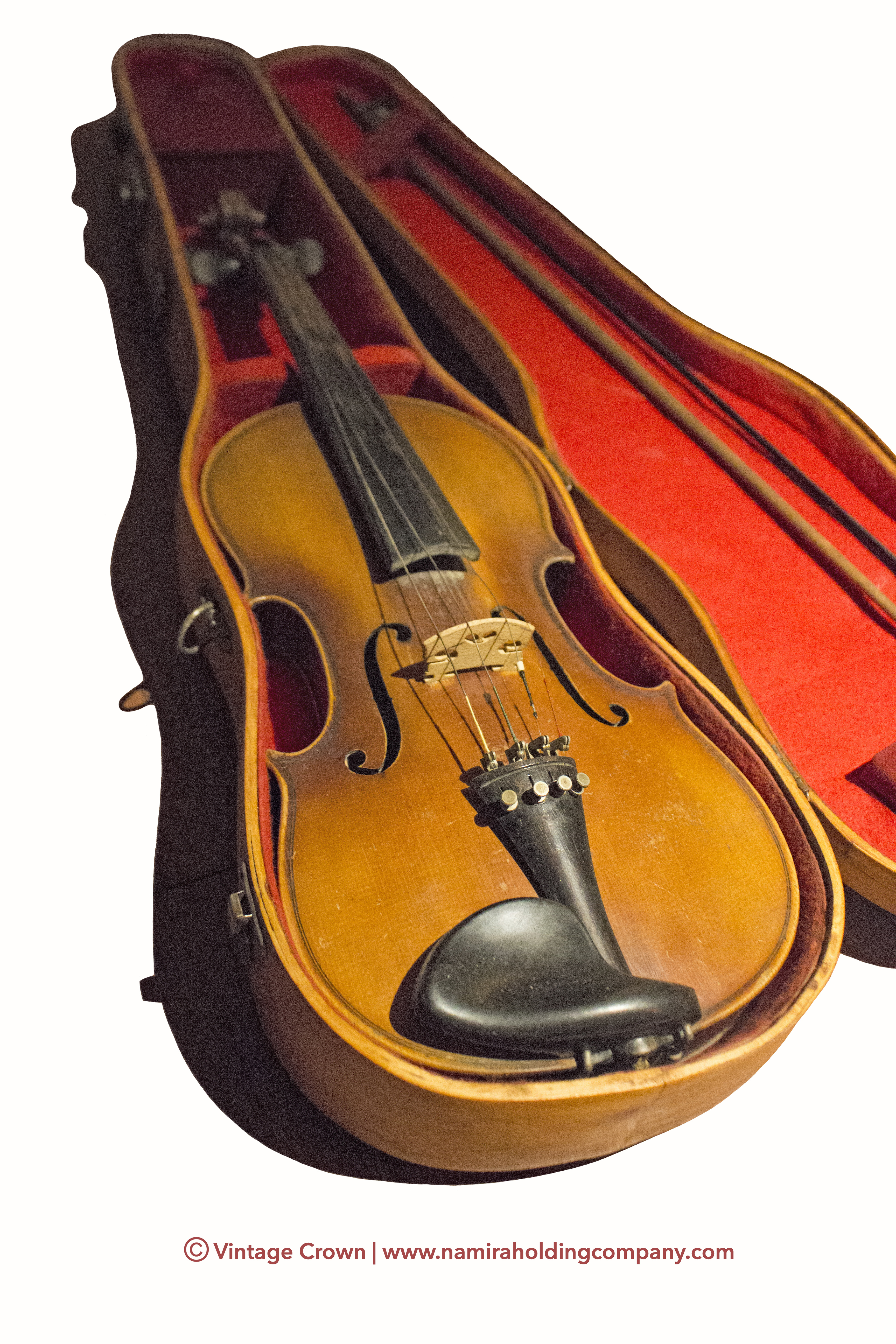
Personal Collection | owner :Alireza Jamei
Nicolas Parola NP7 Violin Antonius Stradivarius Cremonensis Faciebat Anno 1714
------------------------------------------------------------------
Antique | Vintage Instrument Collection
Owner :Alireza Jamei
Personal Collection




